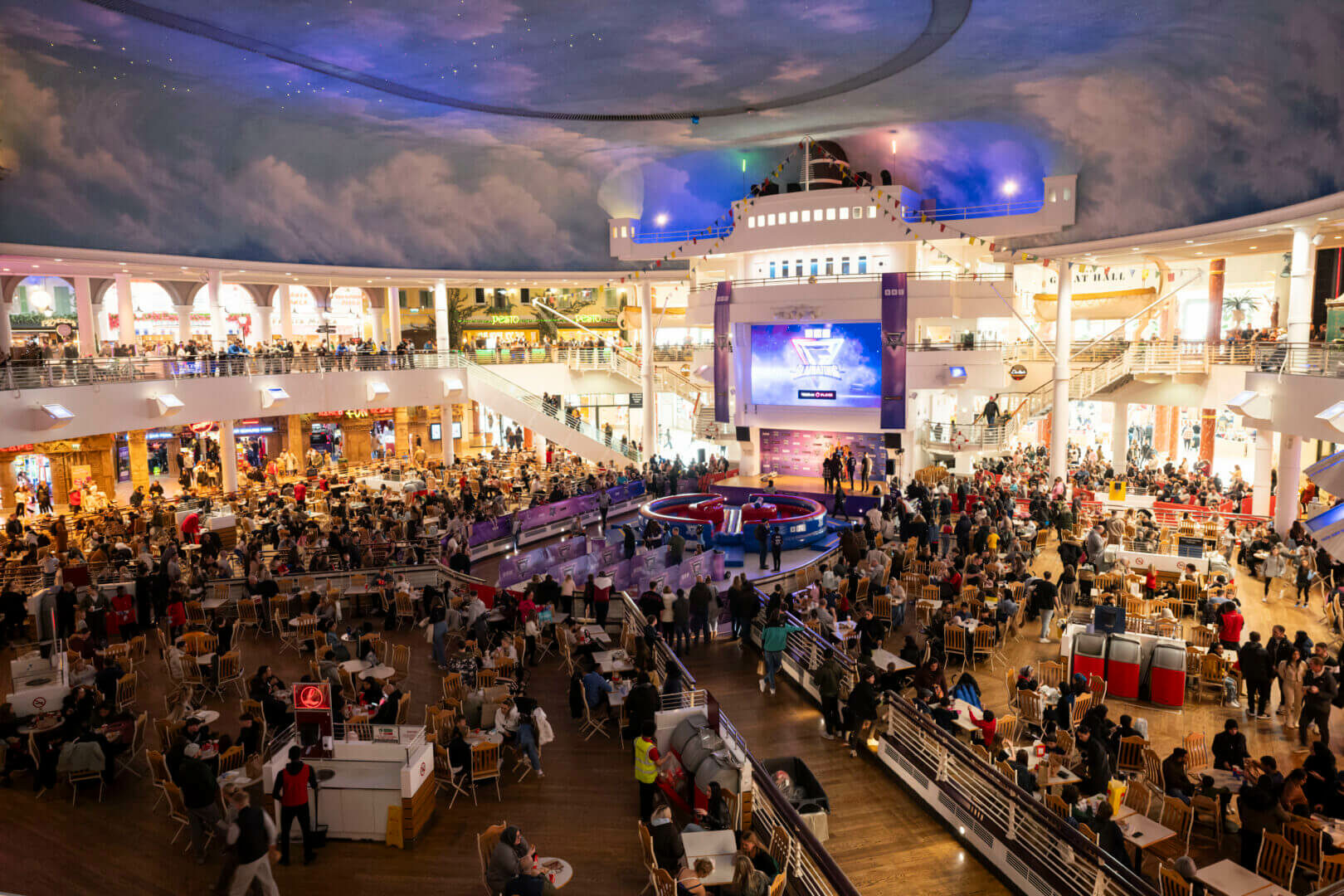Top 5 Digital Transformation Trends in 2021 – OOH Industry
If nothing else, 2020 was a masterclass in showcasing the need for adaptability and rapid innovation. Agility, technology and data have become essential guiding lights for navigating constantly shifting landscapes, for status quo is now synonymous with change. What is the likely impact on the OOH industry, as it strives to ramp up Digital Transformation now that long-established ways of working have been disrupted?
Top 5 Trends for the OOH Industry in 2021
1. Programmatic, and any form of automated trading for that matter will continue to gain momentum. OOH’s progressive shift from an off-line to an on-line medium is being driven by advertisers wanting to activate campaigns in near-real time and in response to environmental triggers. With media owners actively looking to monetise their inventory through as many channels as possible, SSP’s, DSP and 3rd party buying platforms provide an attractive pipeline of demand. All of which will continue to drive the cycle of continued investment, capability and scale of DOOH inventory in this space.
2. Data and insights will become foundations for strategic decision making. Long established and proven OOH patterns have been turned on their head over the past 12 months. With advertisers demanding more accountability and ever greater returns on their investments, access to good data and ability to harvest meaningful insights, is rapidly becoming a must-have business capability in today’s evidence-based economy.
3. Privacy and data compliance will take centre stage throughout 2021. Imminent changes in data collection, processing and privacy regulations will place even more emphasis on compliance, measurement and transparency. The ICO’s continued scrutiny of RTB, Apple’s IDFA policy, and the sunsetting of 3rd party cookies will create a bow wave of disruption throughout the industry. All of which will require new and innovative approaches for collecting, storing, managing and transacting PII data. As is the case with all change, this will no doubt create opportunities for organisations that can come up with compliant solutions for behavioural audience targeting and activation.
4. The industry will remain in a state of flux throughout 2021. Implementing and fast-tracking digital transformations will be key to staying relevant and competitive in a rapidly changing tech-centric economy. Organisations with access to investment and leadership necessary to execute their transformation strategies will have an edge over those that don’t. Providing them with a competitive advantage when the market starts to recover.
5. M&A activity will gather pace on the back of two key drivers. Firstly, companies with mature data, insights, activation and technology capabilities have become likely acquisition targets for those looking to bolster their OOH capability. The progressive shift from paper to digital billboards is expanding the addressable inventory universe, making DOOH an attractive medium for digital advertisers. Secondly, reduced access to capital investment in 2020/21 will drive the consolidation of smaller tech companies and media owners. There are benefits in integrating complementary services into new and existing solutions, without the need for significant Capex overhead.
Josko Grljevic, Chief Transformation Officer




